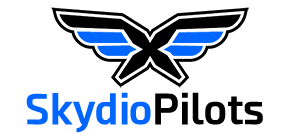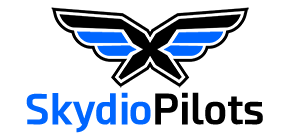- Joined
- Dec 7, 2020
- Messages
- 167
- Reaction score
- 53
Below is what I have been using. If it loses me, there could be 200-300' bluffs between me and S2 (if its waaay back there) or maybe just 100' trees...or nothing much. I am assuming it will try to work around a real high obstacle if my height limit isn't enough? I don't want it to waste battery going 300' in the air if it doesn't need to, so I have return height much lower.
The odd numbers are cuz of PITA to get the slider exactly where I want it.
Height Limits
Height floor - enabled (I don't want it crashing into other people)
Height ceiling - 271'
Return Behavior
Return height - 51' (the hope is this is high enough to avoid most things between me and S2)
Height behavior - Relative (with highly variable terrain where I fly, I could easily be higher than launch point...if absolute, it seems like it would try to descend??)
Drone looks - toward return (I hope to eventually see myself on the app and/or be able to pilot it to me)
Return speed - 22 mph (max) (why would we use less than max? I want it back ASAP)
Lost Connection
Wait before return - 120sec (my thoughts are to give me a decent amount of time to find it)
Land once returned - on (what the freak else would it do. I don't want it to hover till it crashes cuz battery dead) (I don't fly over water)
Wait before land - 300 sec (max) again, to give me max time to get under it to catch it
Thanks for any thoughts.
The odd numbers are cuz of PITA to get the slider exactly where I want it.
Height Limits
Height floor - enabled (I don't want it crashing into other people)
Height ceiling - 271'
Return Behavior
Return height - 51' (the hope is this is high enough to avoid most things between me and S2)
Height behavior - Relative (with highly variable terrain where I fly, I could easily be higher than launch point...if absolute, it seems like it would try to descend??)
Drone looks - toward return (I hope to eventually see myself on the app and/or be able to pilot it to me)
Return speed - 22 mph (max) (why would we use less than max? I want it back ASAP)
Lost Connection
Wait before return - 120sec (my thoughts are to give me a decent amount of time to find it)
Land once returned - on (what the freak else would it do. I don't want it to hover till it crashes cuz battery dead) (I don't fly over water)
Wait before land - 300 sec (max) again, to give me max time to get under it to catch it
Thanks for any thoughts.



